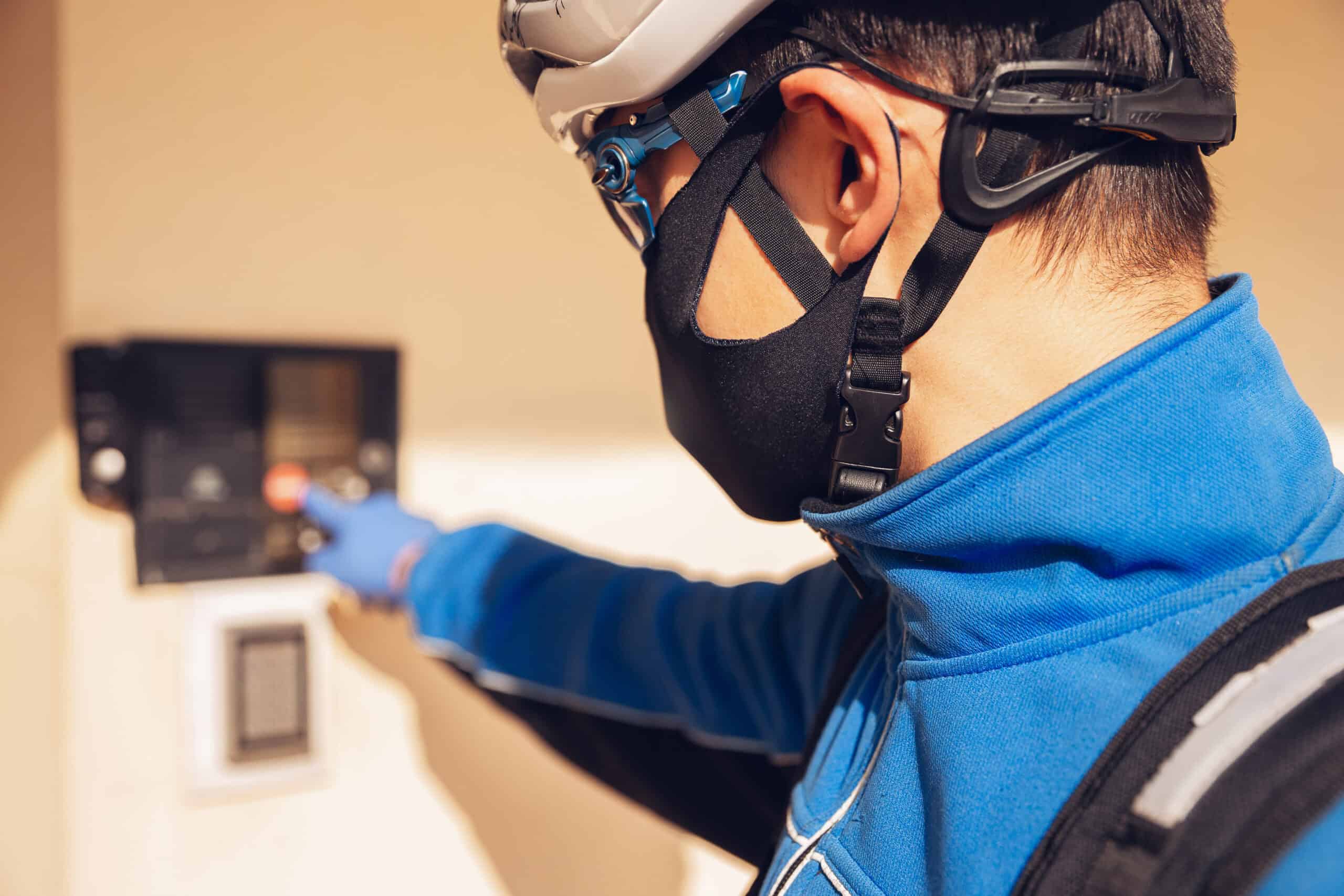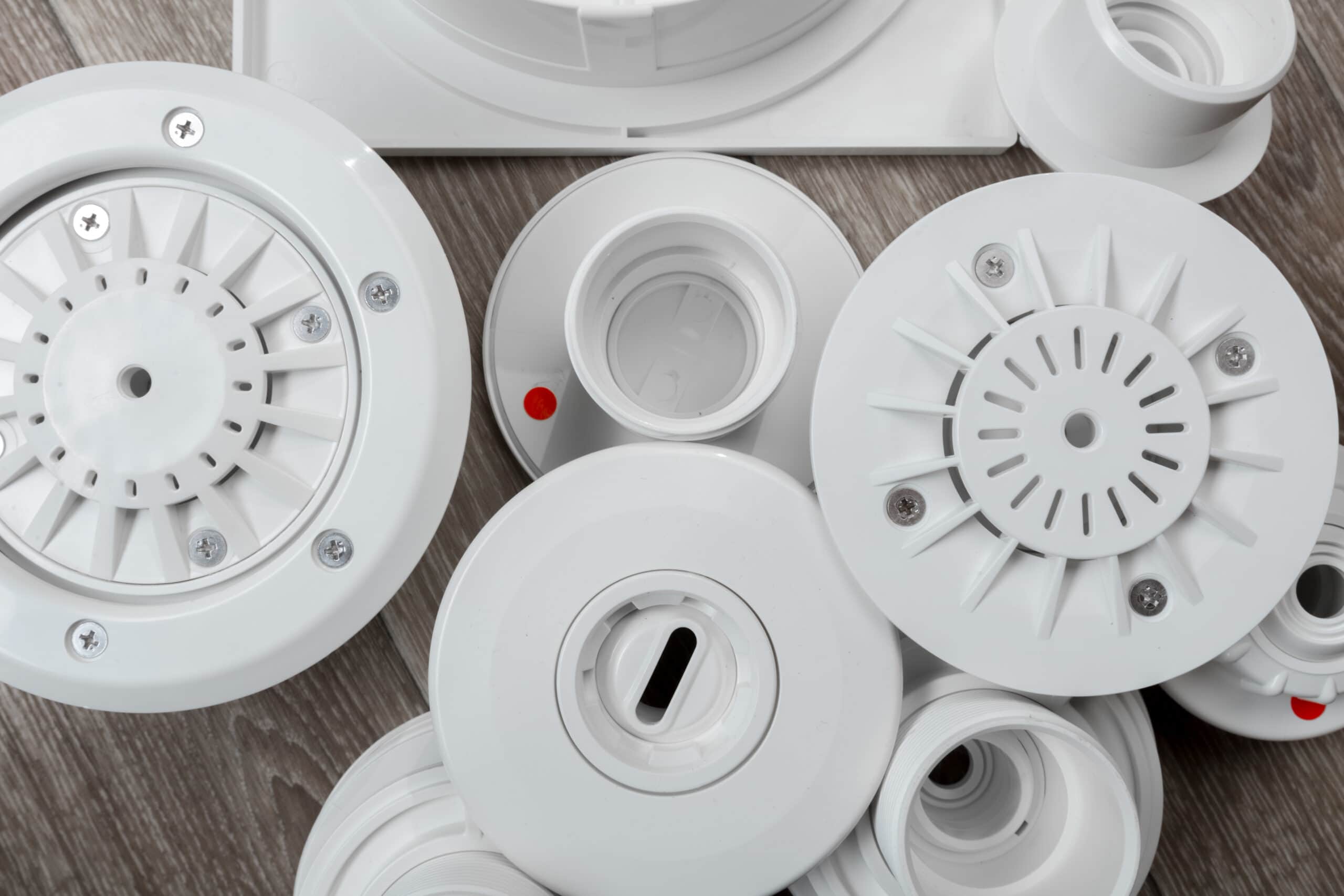Legal Notice: Data Breach Disclosure
- Personal Injury
- Car Accidents
- Truck Accidents
- Uber/Lyft Accidents
- Motorcycle Accidents
- Pedestrian Accidents
- Bicycle Accidents
- Bus Accidents
- E-Scooter Accidents
- Traumatic Brain Injury (TBI)
- Los Angeles Wrongful Death Lawyer
- Catastrophic Injuries
- Slip And Fall
- Product Liability
- Dog Bite Injury Lawyer
- Sexual Abuse
- Nursing Home Abuse
- Wildfire Accidents
- View All Practice Areas
- Wildfire
- Attorneys
- Case Results
- Resources
- Service Areas
- About Us
- Podcast
Faulty Carbon Monoxide Detector: What You Need to Know
Test your carbon monoxide detectors monthly to ensure they protect your home and loved ones from invisible dangers.

Carbon monoxide (CO) is a colorless gas that is both odorless and highly dangerous. Known as a “silent killer,” carbon monoxide poses a significant risk to health and safety if undetected. While carbon monoxide alarms are crucial for early detection, a faulty carbon monoxide detector can leave occupants vulnerable to severe consequences. This invisible threat endangers lives and emphasizes the importance of understanding the risks and ensuring proper device functionality in every home.
Signs of a Faulty Carbon Monoxide Detector
Identifying potential issues with your detector is crucial for maintaining safety. Common signs of a malfunctioning detector include:
Frequent Beeping or False Alarms
- Frequent beeping from a carbon monoxide detector can indicate a malfunction or sensor issue. False alarms may occur due to dust or exposure to burning appliances producing non-lethal gases.
- A faulty detector may misinterpret changes in air quality, such as those caused by high humidity or aerosol sprays, triggering unnecessary alerts.
No Response During Testing
- Routine testing ensures your device is functional. If the detector fails to sound during a test, its internal sensor or circuitry may be defective.
- Regular testing should involve pressing the test button and verifying an audible alarm. A lack of response indicates immediate action is needed.
Error Codes or Display Issues
- Malfunctioning detectors may display error messages, such as “ERR,” or exhibit blank screens, signaling a need for replacement or repair.
- Some advanced models provide diagnostic alerts that help users identify specific problems, but these features can fail in defective units.
Detector Age
- Carbon monoxide alarms lose their sensitivity over time. Most devices are designed to function effectively for 5-7 years. Check the manufacturing date and replace outdated detectors promptly.
Causes of Faulty Detectors
Proper maintenance and timely replacement of carbon monoxide detectors ensure their reliability in emergencies.

Understanding why carbon monoxide detectors fail can help homeowners take preventive measures:
Low or Dead Batteries
- Batteries power most detectors, and low battery levels commonly cause failure. Always use high-quality batteries and replace them annually or as recommended.
End of Life
- Carbon monoxide detectors have a finite lifespan. Older models may degrade faster, especially if exposed to environmental factors like heat or humidity.
Dust and Debris
- Dust accumulation can block the sensor, leading to false alarms or an inability to detect CO. Regular cleaning with a soft cloth or vacuum attachment helps maintain functionality.
Incorrect Placement
- Placement matters. Detectors positioned too close to water heaters or kitchens may misread normal emissions. Conversely, devices placed too far from potential CO sources might fail to detect leaks.
Manufacturing Defects
- Manufacturing errors like faulty sensors or weak circuitry are less common but serious. Devices with frequent recalls or known defects should be replaced immediately.
What to Do If You Suspect a Faulty Detector
Immediate Steps
- Test the Detector: Press the test button to ensure the alarm is functional. Replace the unit if the test fails.
- Replace Batteries: Swap out old batteries with fresh ones and observe if performance improves.
- Clean the Detector: To remove dust, use a soft, dry cloth. Avoid using liquids or sprays that may damage internal components.
- Relocate the Detector: Place the unit in a well-ventilated area, ideally near bedrooms or common living spaces, but away from burning appliances.
- Replace the Detector: If persistent issues occur, invest in a reliable, modern device with updated features.
Symptoms of Carbon Monoxide Poisoning
When a detector fails, recognizing CO poisoning symptoms becomes vital. Symptoms of carbon monoxide poisoning often mimic flu-like conditions, which can lead to misdiagnosis. Key indicators include:
- Headaches, dizziness, and confusion. These are often early signs of exposure.
- Nausea, vomiting, and fatigue, which worsen with prolonged exposure.
- Difficulty breathing and chest pain, signaling severe poisoning.
- Loss of consciousness, which can occur rapidly at high CO levels.
If these symptoms are present, evacuate and seek medical assistance immediately. Delayed action can result in severe complications, including brain damage and death from carbon monoxide poisoning.
Preventing Carbon Monoxide Leaks
Proactive measures significantly reduce the risk of CO exposure. Here’s how:
- Regular Appliance Inspections: Hire licensed professionals to inspect and service burning appliances such as stoves, furnaces, and fireplaces annually.
- Ventilation Maintenance: Ensure vents, chimneys, and flues are unobstructed and properly connected.
- Strategic Detector Placement: Install detectors on every level of your home, particularly near bedrooms. Avoid placing them in overly humid or dusty areas.
- Safe Practices: Never run vehicles, generators, or grills indoors, even in partially enclosed spaces like garages.
- Education: Familiarize household members with CO risks and alarm procedures. Simulated drills can help prepare for emergencies.
Legal Implications of Faulty Carbon Monoxide Detectors
The legal ramifications of defective CO detectors can be significant:
Landlord Responsibility
- Landlords must comply with laws requiring functioning CO alarms in rental properties. Negligence can lead to lawsuits and financial penalties.
Manufacturer Liability
Defective products can result in legal action against manufacturers. The Federal Tort Claims Act and similar laws protect consumers from unsafe products.
Negligence
- Property owners and employers who fail to provide safe environments may be held accountable for injuries caused by CO exposure.
Importance of Documentation
- Keep detailed records of maintenance, inspections, and incidents. These can serve as evidence in legal disputes.
When to Consult an Attorney
- If a faulty detector has caused harm, legal advice is essential. Contact Adamson Ahdoot at (800) 310-1606 for professional representation.
Advanced Carbon Monoxide Detector Technology
Modern innovations offer enhanced safety features:
Smart Detectors
- Connected to smart home systems, these devices send real-time alerts to smartphones and integrate with automation systems for immediate action.
Dual-Sensor Technology
- Combining smoke and CO detection ensures comprehensive protection against multiple hazards, simplifying home safety setups.
Interconnected Systems
- When one alarm sounds, all interconnected units activate, ensuring a household-wide warning system.
Voice Alerts
- Devices now offer clear, spoken warnings specifying the type of danger detected.
Case Studies
Addressing the impact of safety failures requires empathy and swift action to protect workers and their environments.

Tragedy Averted
A Los Angeles family was saved by their CO detector, which alerted them to a dangerous furnace leak during the night. The family quickly evacuated their home and contacted emergency responders, who confirmed the high carbon monoxide levels. Immediate medical evaluations ensured no long-term harm occurred. This incident highlights how functional detectors can be lifesaving tools for households, underscoring the importance of understanding carbon monoxide safety outlined by the CDC.
Legal Precedent
In a widely publicized case, a prominent hotel chain faced lawsuits after multiple guests suffered CO poisoning due to defective alarms in their rooms. The courts ruled in favor of the victims, awarding substantial damages and holding the hotel accountable for negligence. To prevent similar incidents, the NFPA emphasizes the critical role of maintaining CO safety standards in commercial properties.
Statistics on Carbon Monoxide Poisoning
According to the CDC:
- Over 200,000 emergency room visits occur annually due to carbon monoxide exposure.
- Approximately 400 deaths are reported each year in the U.S.
- Regular maintenance and functional alarms reduce risks by over 50%.
Why Carbon Monoxide Safety Matters
Ensuring the functionality of carbon monoxide detectors can mean the difference between life and death. Homeowners, tenants, and landlords alike bear responsibility for maintaining safe environments. With modern technology, such as smart detectors and interconnected systems, staying protected is easier than ever.
If you’ve been harmed by a faulty carbon monoxide detector, you can seek legal remedies. Take the necessary steps to protect yourself and your family, and contact Adamson Ahdoot at (800) 310-1606 for expert legal assistance. Stay proactive, stay safe, and prioritize your family’s well-being with essential safety measures.
FAQs
Do I Have a Viable Case?
Do I have a viable case? Similar to the question that often gets asked: How long will it take to get a payout?, there's no easy answer to determine if…
Continue ReadingWhat are the Four Elements Required for Personal Injury Claims?
To have the best chance of getting relief and winning compensation after an accident or injury, it's important to know the elements necessary. What are the Four Elements Required for…
Continue ReadingHow Do I File a Personal Injury Claim?
How do I file a personal injury claim? For the majority of people who have a valid personal injury claim, they'll be best served by retaining a lawyer. This starts…
Continue ReadingYour Personal Injury Compensation Guide: 10 Frequently Asked Questions
After a car wreck or other injury, you are likely wondering what kind of personal injury compensation you can expect to receive. While every case is unique, there are some…
Continue ReadingBlog
Living in a rental property comes with its own set of challenges, one of which is maintain...
Fire-related accidents in California are extremely common and can happen anywhere. Every y...
Thousands of people suffer from carbon monoxide (CO) poisoning in the U.S. every year, acc...
One of the victims had to be induced into a coma after suffering repeated seizures An...
Everyone makes mistakes, but not all of them are easily forgivable, particularly if they�...
Free Case Review
"*" indicates required fields
By submitting this form, you consent to be contacted by Adamson Ahdoot LLP or its representatives via call, text, or email, including automated technology, about your potential case or claim. You agree to receive texts at any time, including after hours. Message and data rates may apply. Reply STOP to opt out or HELP for help. Consent is not required for legal services.
Other Practice Areas
Accidents
- 5 Common Types of Car Accidents
- Accident Reconstruction in Los Angeles
- Amazon Product Defect Injury
- Assault Injury Lawyer
- Attorney Regarding Uber Accident
- Aviation Accident Lawyer
- Bakersfield Bus Accident Lawyer
- Bakersfield Car Accident Lawyer
- Bakersfield Motorcycle Accident Lawyer
- Bakersfield Rideshare Accident Lawyer
- Bakersfield Truck Accident Lawyer
- Boat Accident Lawyer
- California Metro & Railroad Accidents
- Can an Uber Driver Sue Uber
- Car Accident Lawyer
- Car Accidents at Night
- Carnival Ride Accident Attorney
- Commercial Truck Accident Lawyer
- Commercial Vehicle Accident Lawyer
- Common Carrier Accident Lawyer
Injuries
- About Brain Injury Lawsuits
- After Head Injury
- Amputation & Disfigurement Injury Lawyer
- Back Injuries from Car Accidents
- Brain And Spinal Cord Injuries Lawyer
- California Dog Bite Injuries
- California Dog Bite Laws
- California Wrongful Death Attorney
- Chronic Pain
- Common Back & Neck Injuries
- Common Types of TBI
- Dangerous Dog Breeds
- Delayed Pain
- Dismemberment or Amputation Injury
- Dog Bite Attorney in California
- Dog Bite Damages
- Dog Bite Injury Lawyer
- Dog Bite Liability
- Dog Sitter Dog Bites
- Football Head Injuries Lawyer
Get a Free Consultation:
(424) 392-7649
Connect with an Attorney
Fill Out the Form Below
"*" indicates required fields
By submitting this form, you agree to be contacted and recorded by Adamson Ahdoot LLP or a representative, affiliates, etc., calling or sending correspondence to your physical or electronic address, on our behalf, for any purpose arising out of or related to your case and/or claim. Standard text and/or usage rates may apply. If at any time you wish to opt out of communication, reply “STOP.” Text “HELP” for assistance. Message frequency may vary. See the privacy policy and Terms and Conditions on the webpage.

"*" indicates required fields
Are you sure you don't need help?













